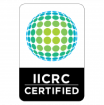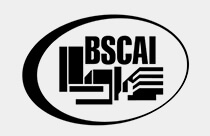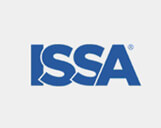As temps drop and snowbanks pile up, smart property managers need to ask one key question, “Am I keeping my facility safe for employees, tenants, and visitors?”
Winter’s safety hazards are no joke, and property owners may be liable for injuries received on or around their buildings. Luckily, a few preventative updates to your regular maintenance plans can go a long way to preventing painful slips and fall–and keep your winter problem-free.
Three Safety Steps for Your Facility
1.Invest in Floor Mats
When you’re looking at a winter wonderland outside, it’s easy to forget that snowflakes become dirty, slippery water when you track it indoors. Investing in absorbent, professional-grade floor mats for your entryway can keep your entrance dry and reduce the risk of a painful fall.
High-traffic facility? Don’t underestimate how many floor mats you’ll need –or how often you need your maintenance workers to replace them– to offer sufficient protection to visitors.
2.Place Warning Signs
Remember that tricky step or that steep walkway? With snow and ice, avoidable potholes and bumps become unexpected hazards for passerby. Placing warning signs in needed areas, or near slippery patches of ice can help keep visitors on the lookout and may reduce your liability.
Keep in mind: safety signs need to be read to be understood! Depending on your facility traffic, you may want to consider purchasing signs in languages other than English.
3.Remember Common Sense
Every season brings new challenges, but winter’s approach is in a class of its own. With snow outside and inside, keeping your facility safe, dry, and warm is going to require more effort on the part of your supervisors and janitorial team. As a facility owner or property manager, winter is the time to review your maintenance plan to ensure that your team and protocols can stand up to the snow, ice, and inclement weather.
The Next Step: Consider expanding your maintenance package for the colder months, or schedule a consultation with a qualified facility solutions provider to discuss your current plan and evaluate your preparedness.
——










